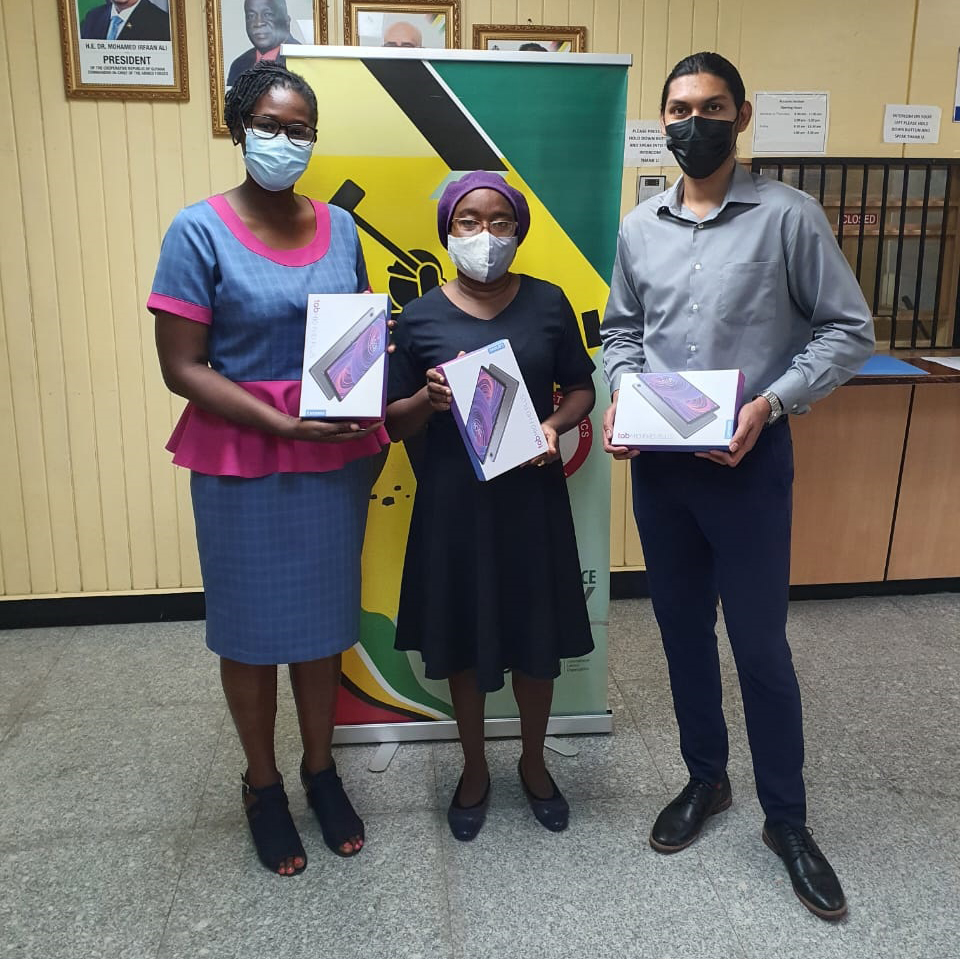The Bureau of Statistics and the Food and Agriculture Organisation (FAO) are collaborating to collect, analyse and share data on the prevalence of food insecurity in Guyana.
A release from the Stats Bureau said that this will be done at the individual and household levels, utilising the Food Insecurity Experience Scale (FIES) methodology which will be utilised in the Bureau’s Labour Force Survey.
The data collected will help Guyana to identify existing areas of food insecurity, track progress towards global goals, and inform decision-making and responses to alleviate hunger.
The release said that the methodology was developed by the FAO to measure food insecurity in a given population and this informs the UN’s Sustainable Development Goal (SDG) indicator 2.1.2, which estimates the size of the population facing moderate or severe difficulties in accessing food.
According to Deputy Chief Statistician (Ag), Bureau of Statistics, Vanessa Profitt, “the FIES survey module has been incorporated into the Labour Force Survey (LFS) for the second quarter of 2022. The inclusion of this module into the ongoing survey allows for the gathering of information useful for the assessment of Guyana’s progress towards achieving SDG 2 as well as to reveal the impact of the COVID-19 pandemic on food access.”
Forty field staff from the Bureau were recently trained to utilize the FIES methodology to collect data. The release said that the FAO also provided twenty-five android tablets to support the data collection exercise and will work with Statisticians at the Bureau to compute the indicators for Guyana for the first time.
FAO Statistician for the Caribbean, Maxime Luciéné said that “the granular data of the FIES will not only allow a comprehensive understanding of the food insecurity situation of Guyana, but will offer to decision makers an excellent opportunity to take targeted measures to combat food insecurity due to the difference between gender, ethnicity, region or rural versus urban areas.”
FAO Representative in Guyana, Dr. Gillian Smith said that Guyana is on an ambitious development pathway to transform its agriculture-food system, and food security together with resilient production systems are a vital part of this.
“FAO has tremendous expertise in these areas and continues to provide technical support to Guyana to ensure access to safe and nutritious food for a healthy and empowered population,” she added.
The release said that Guyana has significantly advanc-ed its food security and nutrition agenda by achieving the World Food Summit (1996) and Millennium Develop-ment Goals (2015) hunger targets.
It said that while Guyana is self-sufficient in food, fish and meat, and food energy supply to meet the population’s recommended food energy requirements, there is need for heightened access to nutritious food to achieve the goal of adequate food security.
The release added that implementation of the FIES is a pathway that will place the country a step closer to realizing food systems transformation and the right to adequate food for its people.
According to the 2020 report on the State of Food Security and Nutrition in the World, SDG 2, which aims to end hunger and malnutrition in all its forms by 2030, has been derailed due to several drivers such as climate extremes, conflict, and the ongoing global COVID-19 pandemic. Therefore, countries need high-quality data to measure their progress towards this goal.






